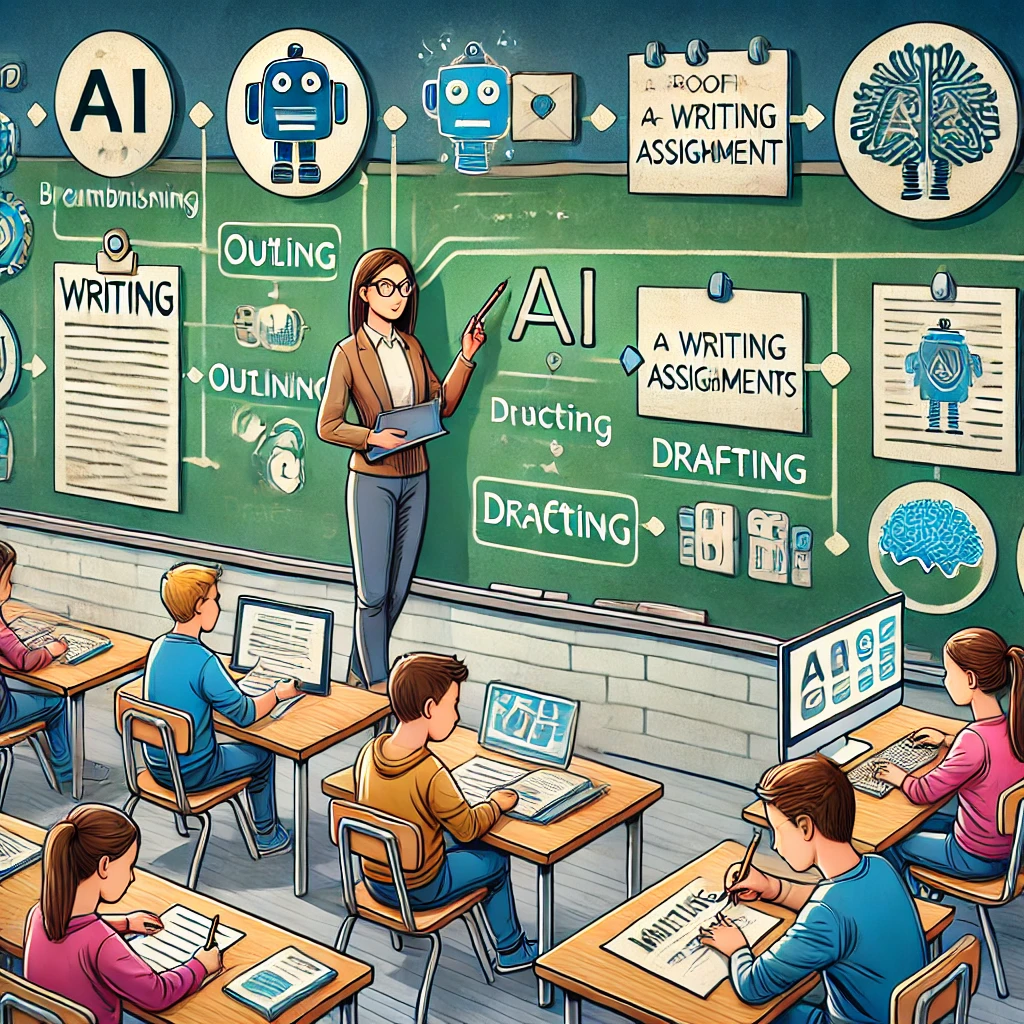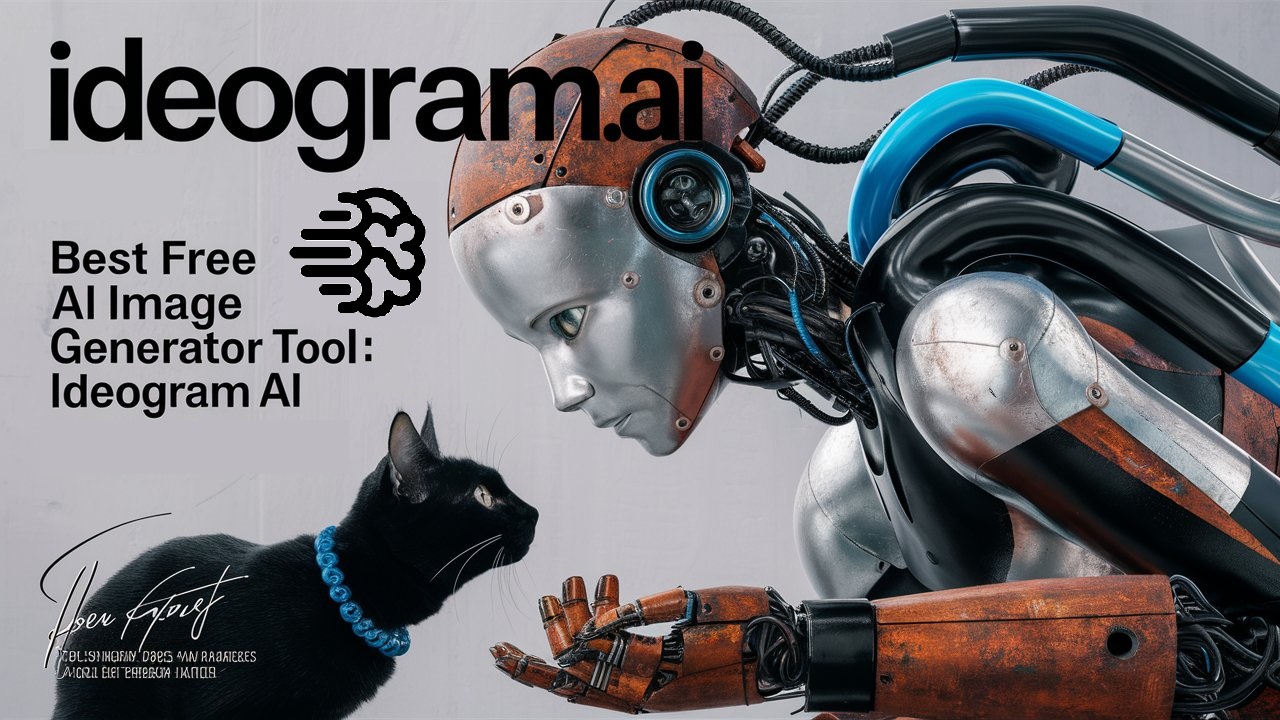Introduction: Addressing AI-Enabled Cheating
Artificial Intelligence (AI) has revolutionized many fields, including education. While AI offers countless benefits, it poses significant challenges, particularly regarding academic integrity. With the advent of AI-enabled tools like ChatGPT, there is a growing concern about cheating and plagiarism. Many educators need help to maintain the integrity of their assignments while students find new ways to leverage AI for shortcuts.
In this blog, we’ll explore practical strategies to how to AI-proof your writing assignments Top 5 strategies, helping educators create assignments resistant to AI misuse. We’ll also discuss how to engage students more deeply in the learning process, reducing the temptation to use AI unethically.
Understanding the Challenge: The Rise of AI in Education
Large language models like ChatGPT are becoming increasingly sophisticated, producing outputs nearly indistinguishable from human writing. While this technology is a powerful tool for enhancing learning, it also creates opportunities for students to cheat or plagiarize. Traditional methods of detecting AI-generated content need to catch up, and many AI detection tools are plagued by inaccuracies and biases, particularly against non-native English speakers.
In this context, educators must rethink how they design and grade assignments. Instead of relying solely on technology to catch cheaters, the focus should be on creating assignments that are challenging for AI to complete independently. This approach preserves academic integrity and encourages genuine learning and skill development among students.

Top 5 Effective Strategies to AI-Proof Your Assignment
(1). Break Writing Projects into Multiple Steps
One simplest yet most effective way to AI-proof an assignment is to break it down into multiple steps. When assignments are split into smaller, manageable tasks, it becomes more difficult for students to rely entirely on AI to complete the work.
Step-by-Step Approach Example:
- Brainstorming: Start with a brainstorming session where students generate ideas for their writing. This could include mind mapping or free writing exercises that encourage original thought.
- Outlining: Next, students create an outline of their project, organizing their ideas into a coherent structure.
- Rough Draft: Have students write a rough draft based on their outline. Encourage them to focus on getting their ideas down on paper rather than on perfection.
- Peer Review and Editing: Incorporate a peer review process where students exchange drafts and provide constructive feedback.
- Final Draft: Finally, students polish their draft, incorporating feedback and refining their work.
By requiring students to submit each step, you ensure they are actively engaged in the process. This approach not only makes it harder for AI to complete the assignment but also supports deeper learning by encouraging students to think critically at each stage.
(2). Make It Personal
AI tools like ChatGPT are excellent at generating generic content, but they struggle with tasks that require personal reflection or unique experiences. By asking students to write about personal experiences, you create assignments that are inherently more difficult for AI to complete.
Personalized Writing Prompts:
- What was your favorite experience over the summer?
- Describe a family tradition that is important to you.
- Write about a personal accomplishment from the past year that you’re proud of.
- What does friendship mean to you? Share a specific example.
These prompts encourage students to reflect on their own lives, making it easier to identify when a student is genuinely engaging with the material versus when they may be relying on AI. To further AI-proof the assignment, consider following up with questions that probe deeper into their experiences.
(3). Incorporate Handwriting Practice
Handwriting is another effective way to reduce the reliance on AI in assignments. By requiring students to submit handwritten drafts, you eliminate the possibility of them copying and pasting AI-generated content. This strategy is particularly useful for older students who may be more tempted to use AI tools.
Handwriting-Based Assignments:
- Require a handwritten first draft of an essay or project.
- Implement in-class writing sessions where students complete portions of their assignments by hand.
- Include checkpoints where students must show their handwritten progress.
This approach not only helps in AI-proofing assignments but also reinforces the importance of handwriting, which is a critical skill often emphasized in educational guidelines.
(4). Localize Writing Assignments
Localized writing assignments are another effective strategy. When students are asked to write about specific events or topics related to their school or community, it becomes much harder for AI to generate relevant content.
Localized Assignment Ideas:
- Have students write about their participation in a recent school event or community project.
- Ask them to explore a local issue or historical event and reflect on its impact.
- Assign group projects where students must collaborate to research and present on a local topic.
By tying assignments to local context, you create an additional layer of complexity that makes it difficult for AI to produce accurate or meaningful responses.
(5). Make It Multimedia
Incorporating multimedia elements into assignments is a great way to engage students while also making it harder for them to rely solely on AI. Combining writing with other forms of media, such as podcasts or videos, requires students to think creatively and apply their knowledge in different formats.
Multimedia Assignment Ideas:
- Assign students to create a podcast where they discuss their research and conclusions on a topic.
- Have them script and record a video presentation on a subject they’ve studied.
- Encourage them to integrate visuals, such as infographics or slideshows, to complement their writing.
These assignments not only help AI-proof your lessons but also develop students’ skills in areas like public speaking, media production, and digital literacy.
Adjusting to a New Normal: Changing Instructional Approaches
The rise of AI in education necessitates a shift in how we approach teaching and learning. Instead of focusing on catching cheaters, we should aim to create learning environments that discourage cheating by making assignments engaging, personalized, and challenging.
Incorporating ethical discussions into daily routines, fostering deeper connections with students, and continuously adapting our teaching strategies are key to maintaining academic integrity in an AI-driven world. By AI-proofing assignments and removing the incentives for cheating, educators can gain a clearer understanding of their students’ true abilities and progress.
FAQs
1. How can AI be used positively in education?
- AI can be used to personalize learning, provide instant feedback, and support differentiated instruction. Tools like ChatGPT can help students brainstorm ideas, improve their writing, and learn new concepts more effectively.
2. What are the limitations of AI detection tools?
- AI detection tools often struggle with accuracy and can be biased, particularly against non-native English speakers. They may also miss more sophisticated AI-generated content, making them unreliable for high-stakes assessments.
3. How can educators stay ahead of AI in the classroom?
- Educators can stay ahead by continuously learning about new AI tools and their applications, adapting their teaching methods, and focusing on creating assignments that are resistant to AI misuse.
Conclusion: The Future of AI in Education
The integration of AI in education is inevitable, and while it presents challenges, it also offers opportunities to enhance learning. By AI-proofing assignments and adapting instructional approaches, educators can maintain academic integrity while helping students develop the skills they need for the future.
As AI continues to evolve, so must our teaching strategies. By staying informed and proactive, educators can ensure that AI is used as a tool for learning rather than a shortcut for cheating.
More References for Further Learning
- Understanding AI in Education: Opportunities and Challenges
- How to Use AI to Enhance Learning
- Ethical Considerations for AI in the Classroom
- Effective Strategies for AI-Proofing Assignments
By following these strategies and staying informed, you can create a learning environment that both embraces the benefits of AI and mitigates its risks.

How AI and ChatGPT Technology Transform the Next Industrial Revolution

Best Free AI Image Generator Tool: Ideogram AI

GPT-4o: How ChatGPT-Integrates Audio, Vision, and Text

Explanation of Multimodal GEMINI AI

How to AI-Proof Your Writing Assignments: Top 5 Powerful Strategies for Using AI and ChatGPT in Education

Top 5 Best Programming Languages In-Demand to Skyrocket Your Career in 2024

What is React JS: How To Learn React JS in 2024

How Functions Work in JavaScript: A Beginner-Friendly Guide with Examples

Transforming the Future of Google Search: OpenAI’s SearchGPT Revolution

What is Node.js? A Beginner’s Complete Guide to Learn JavaScript Runtime Server-Side Programming Languages
-
How to AI-Proof Your Writing Assignments: Top 5 Powerful Strategies for Using AI and ChatGPT in Education

Artificial Intelligence (AI) has revolutionized many fields, including education. While AI offers countless benefits, it poses significant challenges, particularly regarding academic integrity. With the advent of AI-enabled tools like ChatGPT, there is a growing concern about cheating and plagiarism. Many educators need help to maintain the integrity of their assignments while students find new ways…
